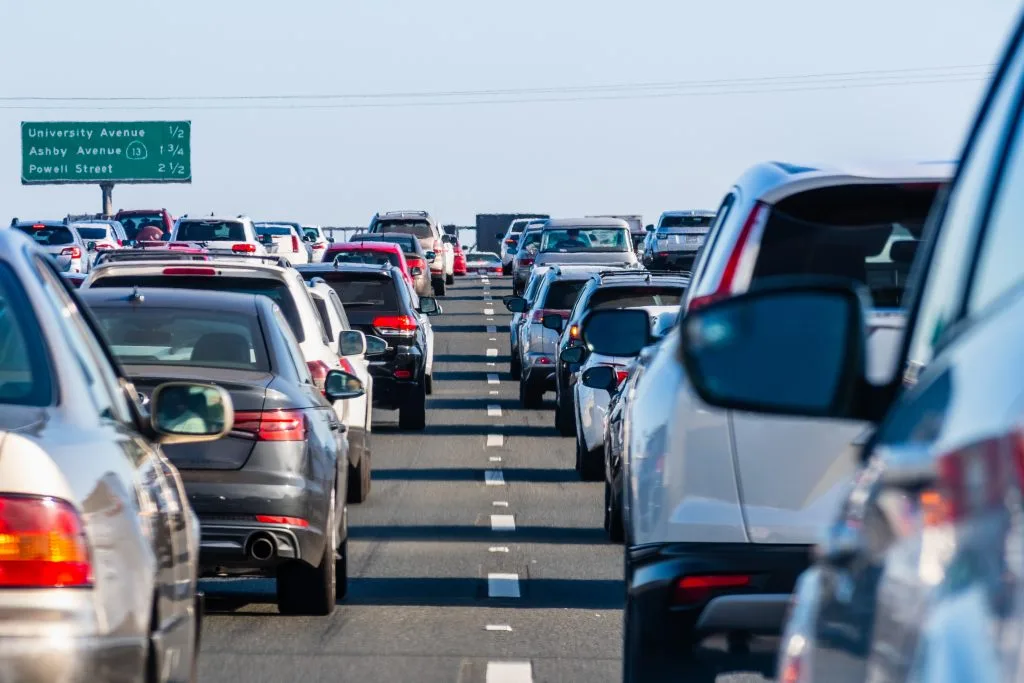The openness and speed of freeway can also present unique driving challenges.
A network of highways designed to provide fast and efficient transportation is an important part of the modern infrastructure of transport.
It can be frightening to encounter trouble on the freeway. Quick thinking and decisive action are required in order to maintain safety. This article will examine common problems that motorists may encounter on the freeway, the potential dangers involved and strategies for handling such situations.
Mechanical Breakdowns and Vehicle Issues
A mechanical failure or an unexpected issue with the vehicle is one of the biggest challenges that drivers face on freeways. They can be anything from a flat tire to an engine failure and they often happen without notice. It is important that drivers remain calm in such circumstances and take a methodical approach to ensure both their own safety and the safety of other road users.
Immediate Actions for Mechanical Breakdowns
When you encounter a breakdown while driving on the freeway, your first move should be to safely shift the vehicle onto the emergency or shoulder lane. You can use your signal to show your intent to switch lanes. Slowly reduce your speed. As soon as you reach the shoulder, turn on your hazard light to warn other motorists of the stationary vehicle.

Calling for Assistance
Assess the problem after you have parked your car safely. You can fix a problem like a punctured tire if you are equipped with the right tools. If the issue is too complex to solve on your own, you should call in help. Use your phone to call roadside assistance or towing services, or to alert emergency services, if necessary. Give clear details about where you are, including the freeway, directions, and nearby landmarks.
Dealing with Tire Issues
On freeways, flat tires can pose a serious risk. Avoid sudden movements if you have a blowout, or are experiencing a loss in pressure. Hold the wheel tightly, drive steadily, then slowly move over to the shoulder. If you are unsure, call a professional to help.
Running Out of Fuel
It is surprising how common it is to run out of gas on the freeway. Most drivers, particularly those on long journeys, underestimate how far they can travel with a full tank of fuel. When you run out of fuel, move safely to the right and take the next exit. Gas stations can be conveniently found near exits.
Handling Engine Failures
A sudden engine failure is an emergency situation requiring quick action. If you find that your engine has suddenly stopped working, try to move to the side of the road if at all possible. In that case, you can use your hazard light and, if available, flares or reflector triangles for increased visibility. It is important to stay in your car while you wait for help, since freeways are dangerous to pedestrians.
Accidents and Collisions
Accidents and collisions on the freeway can be anything from a minor car accident to a serious multi-car incident. It’s important to take specific measures to protect everyone and to efficiently deal with the aftereffects of a collision, regardless of its size.
Ensuring Safety After a Collision
Safety of everyone involved in a freeway collision should always be a priority. If possible, move vehicles onto the emergency or shoulder lane and activate hazard lighting. If necessary, administer first aid to all the occupants. To prevent accidents, move the cars that are blocking traffic if they can safely be moved.
Exchanging Information and Reporting the Incident
Exchanging information, such as names, insurance details and contact information, with other parties is important. Photograph the scene of an accident and damage. Inform law enforcement of the accident as soon as possible, giving accurate information about location, the number and type of vehicles involved, injuries, if any, etc. Involving law enforcement in even minor accidents can facilitate the claims process.
Navigating Freeway Congestion and Traffic Jams
Traffic jams and freeway congestion are common problems, particularly in cities during rush hour. Although not urgent, heavy traffic in a freeway can be frustrating.
Patience and Strategic Navigation
It’s important to be patient during traffic jams and refrain from aggressive driving. Use your turn signal when you change lanes and maintain a safe distance. Use navigation apps for alternate routes and real-time updates on traffic to help you make an informed decision about your trip.
Conclusion
The problems on the freeway may take many forms. They can range from mechanical failures to accidents and congestion. Maintaining a composed and calm demeanor in each situation is essential to ensuring your safety and the safety of others. Drivers can successfully navigate the freeways by following appropriate steps, such as moving safely to the side, calling for help, and obeying traffic laws. Preparation, quick thinking, and safety are key to solving problems on high-speed highways.
